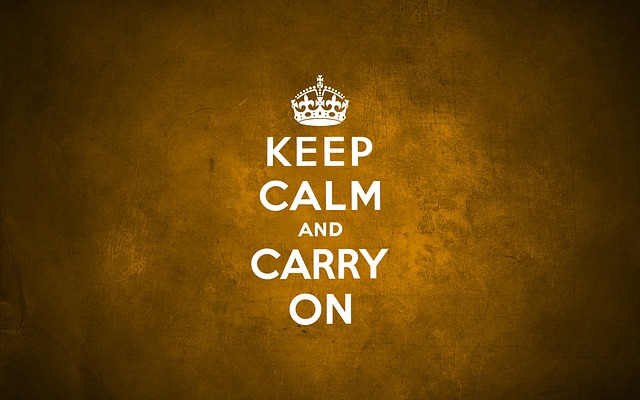How are you in a heated debate? Let me ask: when you’ve got some skin in the game, are you able to keep a conversation productive and if needed, focus on the goals of de-escalation?
Whenever emotions are involved, communication can get tricky. It happens often: at home, in public, and at work. When people disagree, feel un-heard, or feel invalidated, a conversation can go off track. Add multiple mitigating factors, and a situation can escalate. I wrote about this in my last post, here.
De-escalation goals and objectives can be summarized into three parts:
- Gain equilibrium/stabilization
- This may involve identifying and removing anything that reinforces aggressive behavior.
- Help the other party(s) identify reasons to calm down.
- Cognitive
- Help the other party gain control of their thoughts (and behavior).
- Help the other party gain a sense of control.
- Psychosocial
- Assess internal and external exacerbating and mitigating factors.
- Identify and choose workable alternatives.
It’s important to remember that not everyone responds the same way to threats or a crisis. For example, they might be in a flight, fight, or freeze mode, or a combination in a wide variety of degrees. There is no one “normal” range of behaviors.
De-escalation requires self-awareness of our own perceptions and assumptions, and a curious, non-judgmental mindset. When this topic comes up in my coaching conversations, we discuss how easy it is to get tripped-up when we try and change someone else’s thinking. Here are a few techniques that can help.
Techniques to Achieve the Goals of De-escalation
- Be professional, and respect personal space. This can vary from person-to-person, so be sensitive to physical, confidential, and social-distance space.
- Use non-threatening body language: stand-to -side, rather than square to other. Speak in a calm, quiet, and low(er) tone.
- Focus on feelings. Listen, watch, and reflect. “It sounds like you are feeling…”
- Set limits. Help identify options, choices, and consequences.
- Ignore challenging questions. Avoid taking the bait.
- Choose wisely in stretching rules, boundaries, and battles.
- Allow for time.
- Be empathetic and non-judgmental.
The last technique is most helpful, especially as a tool to manage your ego throughout the process. I’ll dive in to that a bit more in my next post. In the meantime, what do you think? How do you keep a conversation productive and if needed, focus on the goals of de-escalation? I’d love to hear from you. You can reach me here, on LinkedIn, or give me a call: 561-582-6060.

Did You Enjoy This Article?
Join thousands of other smart business owners like yourself & get our Proffittable Times newsletter.
It's filled with actionable content you can apply immediately.
Sign up now to get started!
– Coach Nancy










